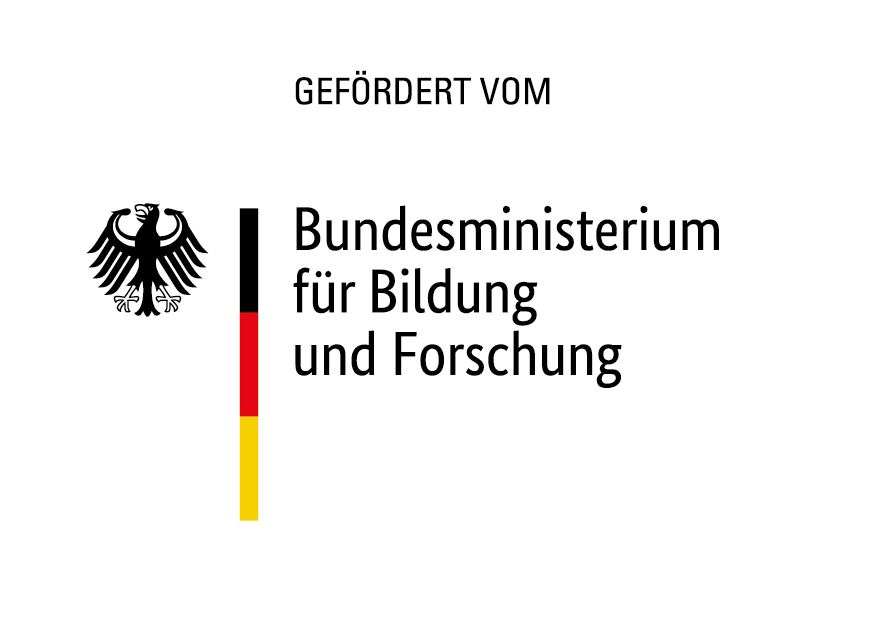Zusammenfassung
Researchers employ creativity in their studies when designing, conducting, and presenting their data; in this way creativity is central to academic practice. Within this more general sense of being creative, “creative methods,” as presented in this chapter, refer to creativity in the literal sense, where researchers and participants are involved in producing visual images, artefacts, or other representations, through a range of arts-based or performative techniques. This creative and novel “making” is often associated with the field of creative methods in visual studies, particularly in relation to photography and film. The recognizability of people and places in these photographic modes has invoked tensions between revealing and concealing the visual images we produce in social research, in relation to confidentiality and anonymity. This becomes more problematic in a climate where the burgeoning use of new technologies means that images are more easily shared, disseminated, and distorted. Accordingly, once a visual image is created, it becomes very difficult to control its use or remove it from public view if participants decide that they no longer want to be represented in a fixed visual trope for time immemorial or if they decide to withdraw their data from a study. Arguments around anonymity and participant visibility are most closely related to photographs and film. However, it remains important to explore the ethical issues around other creative practices where researchers and participants make something new and understand that such issues can also be contentious. This chapter focuses on techniques of data production, including drawing, collaging, and sandboxing, where participants are involved in creating some form of artefact to represent aspects of their lives and experiences. It examines how these creative approaches generate a number of uncertainties around voice, confidentiality, informed consent, avoidance of harm, and future use. The chapter also explores the opportunities that creative approaches, which produce novel outputs, can offer in re-representing and revisualizing research data, engaging audiences in nontraditional formats, and increasing the impact of research studies. In this way, the chapter offers an insight into the ethical risks and potentialities of creative methods as tools of both data production and dissemination.https://doi.org/10.1007/978-3-319-76040-7_21-1



